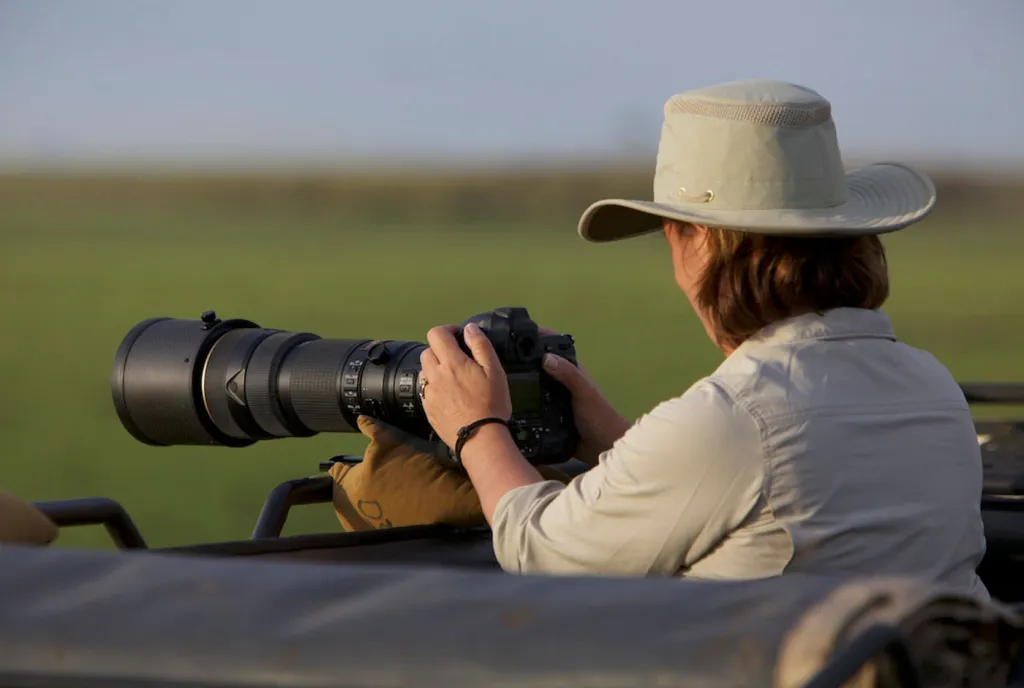
Self-Drive Safari Photography Tips in Uganda
Self-Drive Safari Photography Tips in Uganda: Capturing the Wild Heart of Africa. Venturing into Uganda for a self-drive safari is an exhilarating experience. The freedom to explore at your own pace, combined with the raw beauty of Uganda’s landscapes and wildlife, offers an unmatched opportunity for photographers. Whether you’re an amateur or a seasoned professional, capturing the essence of Uganda’s wildlife can be both rewarding and challenging. Here are comprehensive tips to enhance your self-drive safari photography in this East African gem.

Preparing for Your Adventure
-
Research and Plan Your Route:
Before embarking on your safari, it’s crucial to research and plan your route meticulously. Uganda boasts several national parks, each offering unique photographic opportunities. For instance, Murchison Falls National Park is renowned for its breathtaking waterfalls and diverse wildlife, while Bwindi Impenetrable Forest National Park is famous for its gorilla trekking experiences. Understanding the geography, wildlife habitats, and climatic conditions of each park will help you prepare adequately.
-
Vehicle Selection and Equipment:
Choosing the right vehicle is paramount. A 4×4 vehicle with a pop-up roof or large windows is ideal for a safari, providing stability and unobstructed views for photography. Ensure your vehicle is equipped with essential supplies like spare tires, a first aid kit, and extra fuel.
When it comes to photographic equipment, versatility is key. Pack a DSLR or mirrorless camera with a variety of lenses – a wide-angle lens for landscapes and a telephoto lens for capturing wildlife from a distance. Additionally, carry extra batteries, memory cards, and a sturdy tripod.
On the Road: Tips for Capturing the Perfect Shot
- Early Morning and Late Afternoon Photography:
The best times for wildlife photography are during the early morning and late afternoon, commonly referred to as the golden hours. During these times, the lighting is softer, and animals are more active. The warm, golden hues of sunrise and sunset add a magical quality to your photos, enhancing the natural beauty of the landscapes and wildlife.
- Patience and Observation:
Wildlife photography demands patience. Spend time observing animal behavior to anticipate movements and capture more dynamic shots. Patience also increases your chances of witnessing and photographing rare moments, such as a predator hunting or a bird taking flight.
- Composition Techniques:
Mastering composition can transform a good photo into a great one. Use the rule of thirds to create balanced and interesting shots. Leading lines, such as a winding river or a road, can guide the viewer’s eye through the image. Framing subjects with natural elements like trees or arching branches adds depth and context to your photos.
- Respect Wildlife and Maintain Safety:
Always prioritize the safety of both yourself and the wildlife. Maintain a safe distance from animals and avoid sudden movements or loud noises that could startle them. Respect park regulations and never leave your vehicle in dangerous areas.
Advanced Photography Tips
-
Mastering Light:
Light is a crucial element in photography. In harsh midday sun, use shadows creatively or underexpose slightly to retain detail in bright areas. During low light conditions, such as dusk or dawn, increase your ISO and use a slower shutter speed, but be mindful of camera shake.
-
Capturing Movement:
Wildlife is often on the move, and capturing this movement requires skill. Use a fast shutter speed to freeze action, especially when photographing birds in flight or animals running. Alternatively, experiment with slower shutter speeds to create a sense of motion, such as the blur of a running herd.
-
Storytelling Through Series:
A series of photos can tell a compelling story. Document a sequence of events, like a lioness stalking prey or a chimpanzee playing in the trees. This approach provides a narrative that a single image might not convey, giving viewers a deeper connection to the scene.

Post-Processing and Sharing Your Work
-
Editing and Post-Processing:
Post-processing is an essential step in modern photography. Use editing software to enhance colors, contrast, and sharpness. However, strive for natural-looking results that reflect the true beauty of Uganda’s wildlife.
- Ethical Considerations in Editing:
While editing, maintain ethical standards by avoiding excessive alterations. Do not misrepresent the scene or the animals. Authenticity in wildlife photography is crucial for conservation efforts and educating others about the natural world.
- Sharing and Inspiring:
Share your photos on social media, blogs, and photography forums to inspire others and raise awareness about Uganda’s rich biodiversity. Engaging with a community of wildlife photographers can provide valuable feedback and foster a greater appreciation for conservation.
Final Thoughts
Uganda’s self-drive safaris offer unparalleled opportunities for photographers to capture the untamed beauty of the wild. By preparing thoroughly, mastering photographic techniques, and respecting the environment, you can create stunning images that celebrate the essence of this magnificent country. Whether you’re snapping a majestic lion in Queen Elizabeth National Park or capturing the serenity of Lake Bunyonyi, these tips will help you immortalize your Ugandan safari in breathtaking detail.
Related Posts;
